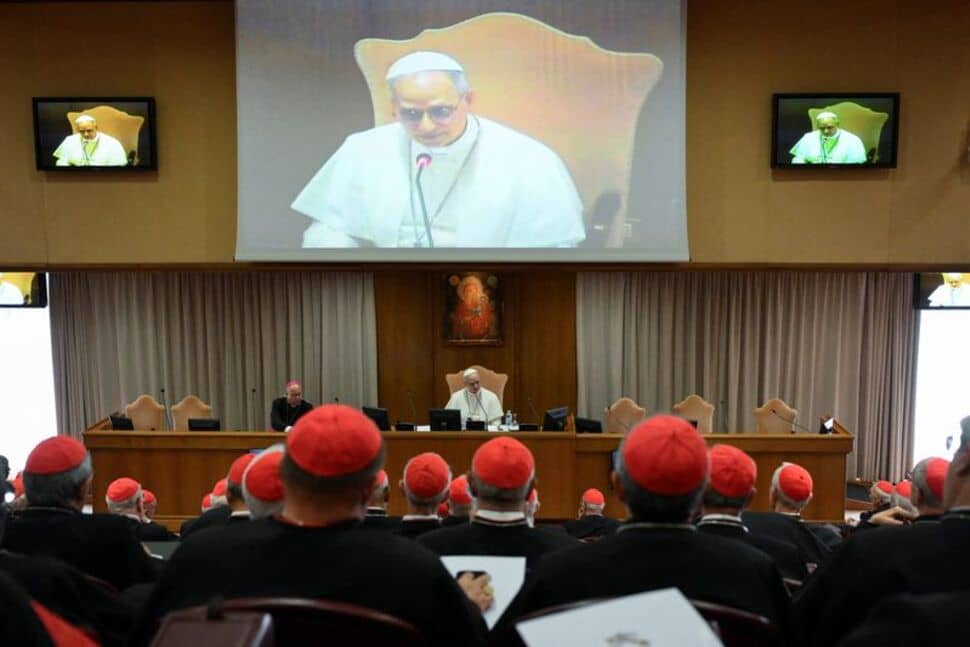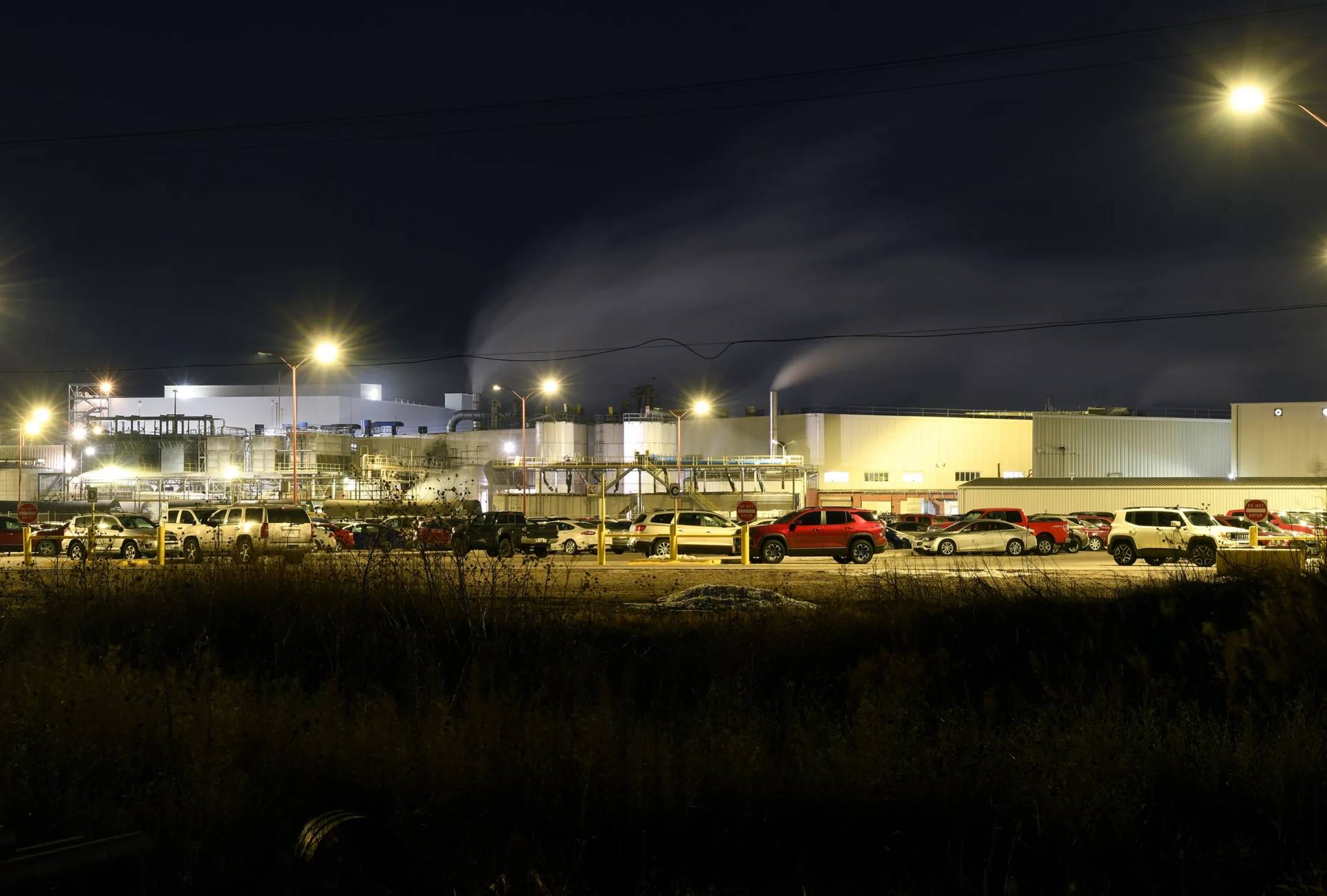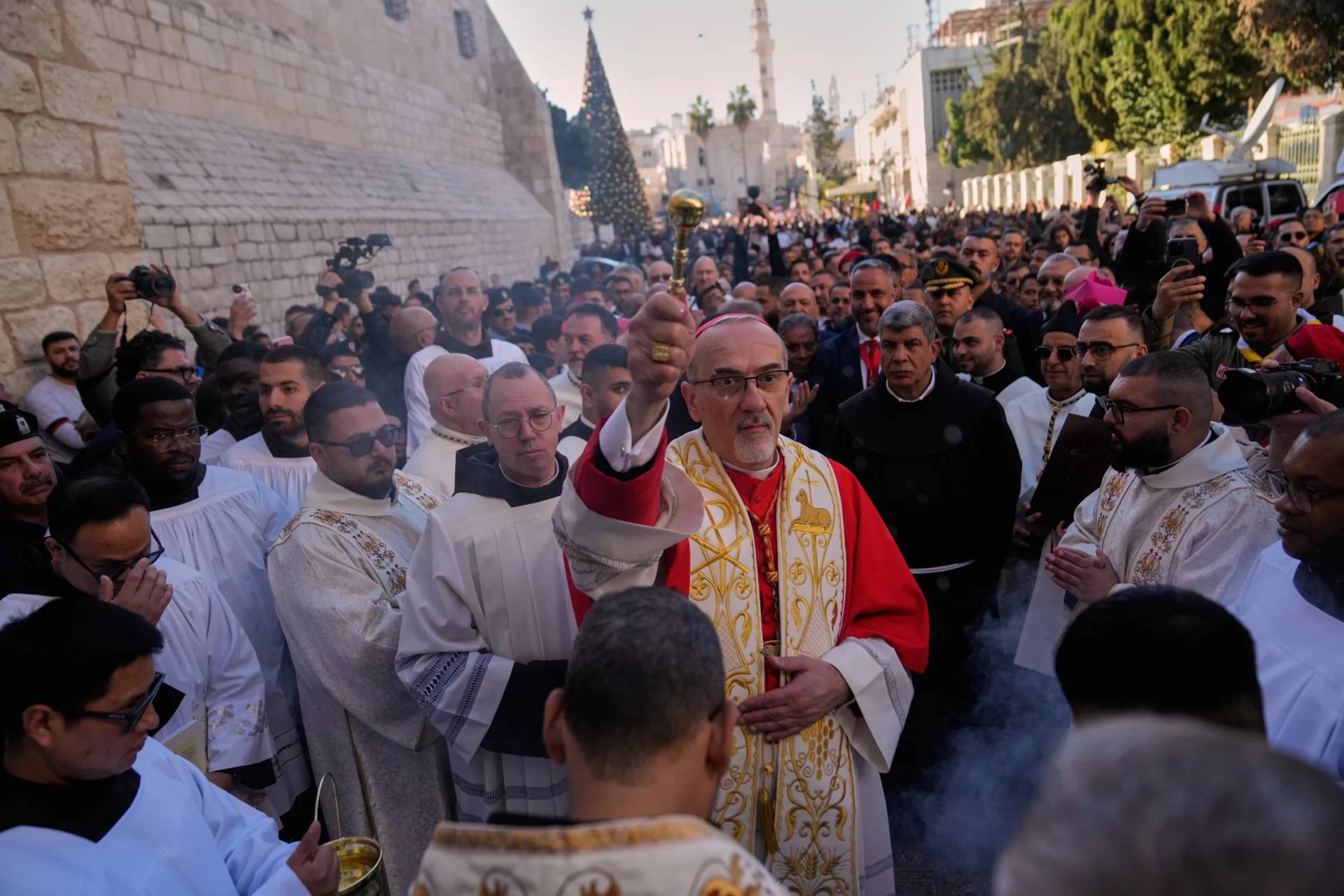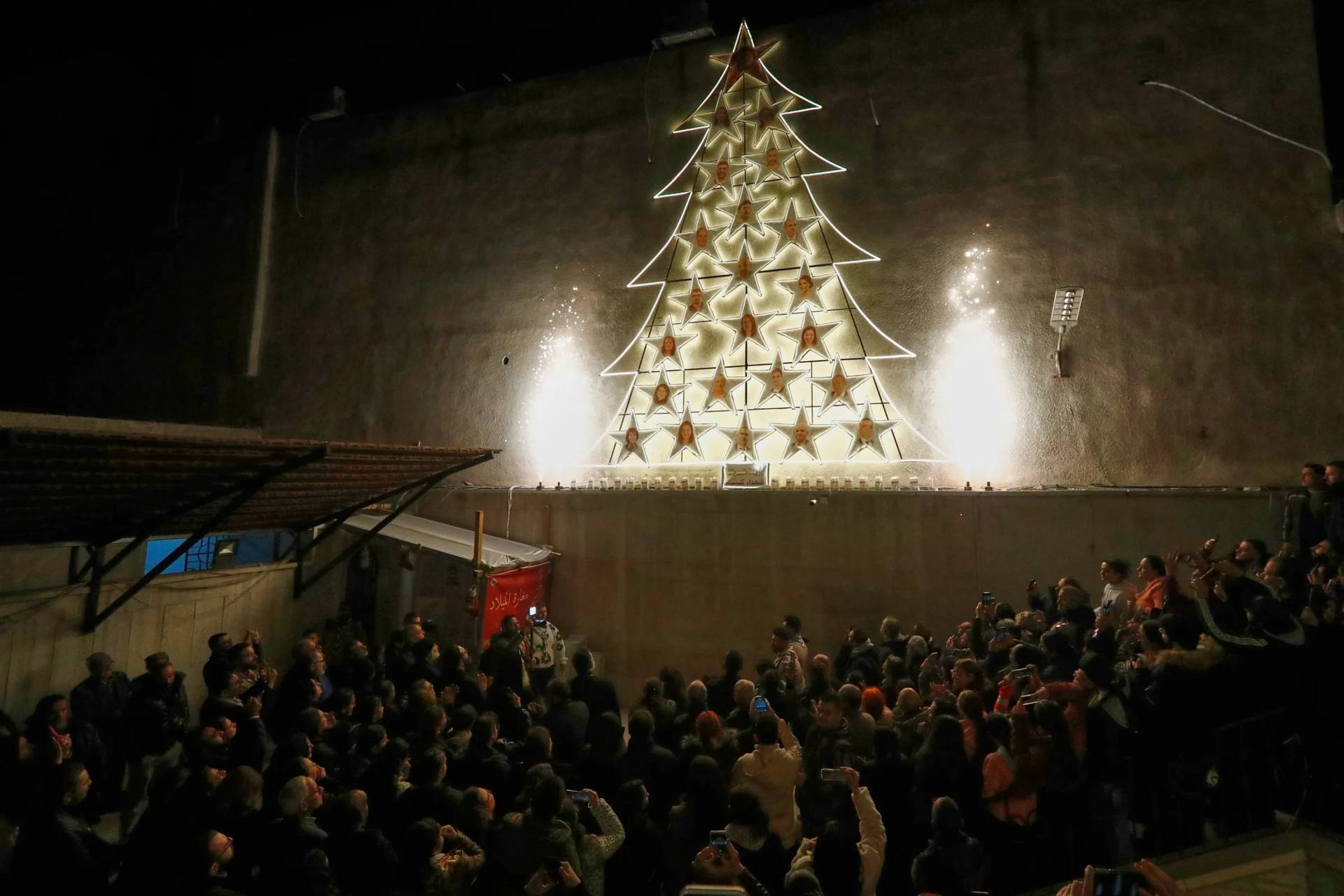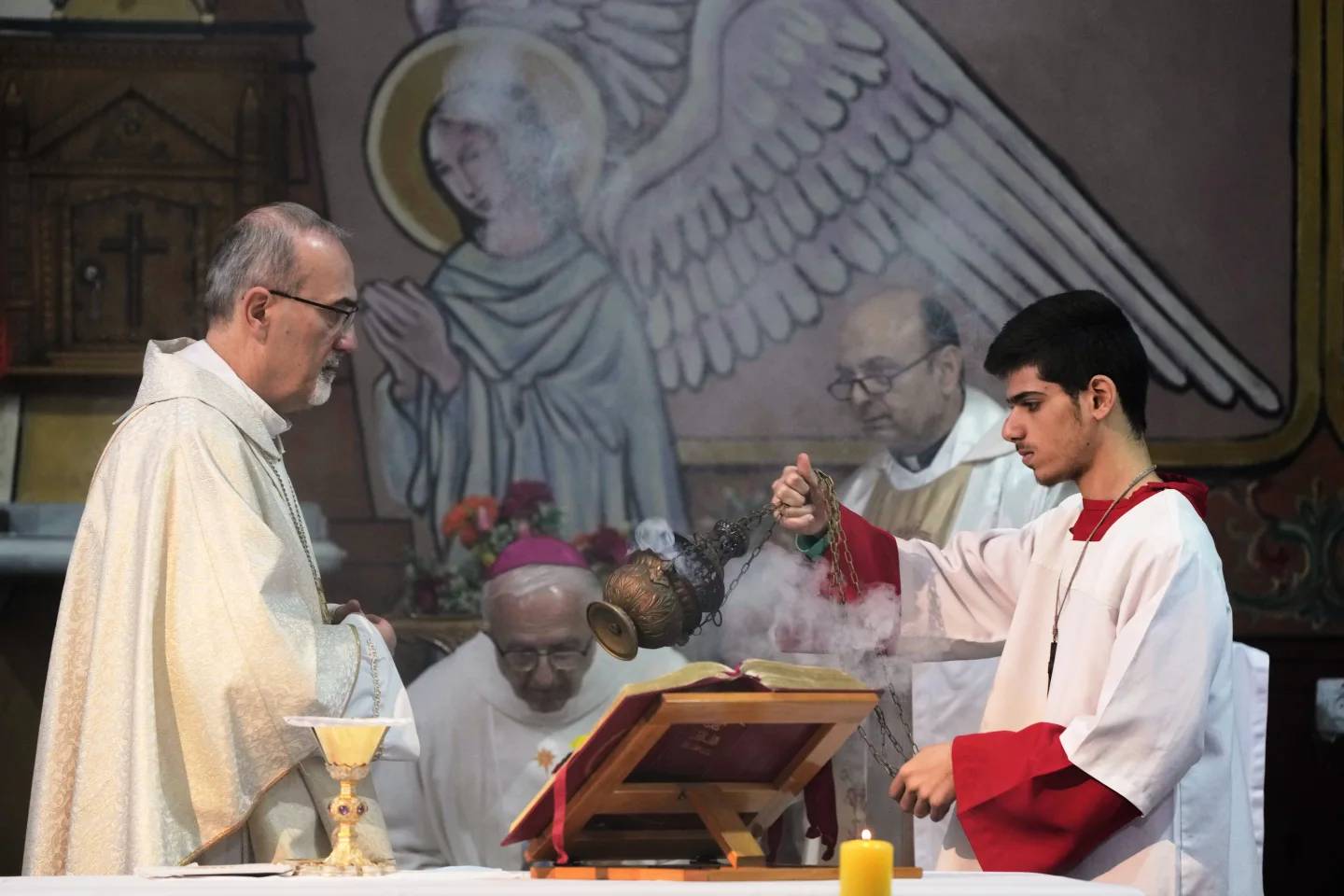LEICESTER, United Kingdom – As the effects of the COVID-19 pandemic begin to ease, and people are allowed to travel again, the Holy Land is ready to welcome pilgrims.
Michael Kelly, the editor of the Irish Catholic newspaper, is a frequent traveler to the Holy Land, and has written a new book to help his countrymen who want to visit the sites where Jesus Christ once walked.
An Irish Pilgrimage Guide to the Holy Land is available from Columba Books, and was written after a decades-long relationship with the region.
“I was lucky enough to go to the Holy Land for the first time when I was 18 years old. And I completely fell in love with the place. I found Jerusalem absolutely intoxicating. I found the Old City almost calling out to me,” Kelly told Crux.
“Just to be there, just to walk around that holy city. To be in the city where Jesus had walked, in a city that is so important to the great monotheistic religions of the world – that was such a joy. To walk around those ancient sites and experience the sounds, the sights, the tastes, the smells, the hustle and bustle, all of the really, really amazing things that came together in this place,” he added.
Kelly also pointed out the importance of pilgrims and tourists for the region’s Christian community, which has been getting smaller over the decades.
“The consequences of COVID-19 have been catastrophic for the Christian community, in particular. Many of them work in services for pilgrims: in hotels, as bus drivers, guides, in restaurants – for two years they had nothing. Places like Bethlehem were ghost towns and are only now starting to get back to normal. It will take a long time to recover,” he explained.

“When I bring a group to the Holy Land, a central part of the journey is the idea of Christian solidarity. We come not as tourists, but as pilgrims – and part of that is journeying with the local church there,” he said.
Kelly’s conversation with Crux about Irish Pilgrimage Guide to the Holy Land follows.
Crux: What is the inspiration behind the book?
Kelly: The inspiration behind the book is, I guess, based on my experience of going to the Holy Land on numerous occasions, and being there by myself, being there with members of my family, being there with pilgrims, being there sometimes with people who are quite secular and experiencing the place for the first time. Everyone finds something different in the Holy Land – and I suppose I wanted to try to pull all of that together.
It’s a place – and a people – that I have a great love for, and I really wanted to try to encapsulate that and to try to share that love with others.
One thing that I actually discovered when I started to think about writing this book was that the first book about the Holy Land from an Irish perspective was written by St. Eunan in the seventh century. And the most remarkable thing about St. Eunan is that he never actually went to the Holy Land himself. He wrote the book entirely based on what other people who had been to the Holy Land told him! He was a monk, of course, and many monks who had been to the Holy Land visited his monastery and shared their experiences and he wrote these down – and it was a wonderful book.
So, I thought to myself: 1,400 years later having been to the Holy Land many times with many different groups it was time for me to take up the challenge and write the book.
Where does that love for the Holy Land come from?
Well, I was lucky enough to go to the Holy Land for the first time when I was 18 years old. And I completely fell in love with the place. I found Jerusalem absolutely intoxicating. I found the Old City almost calling out to me.
I remember arriving in the taxi. And if you’ve ever been to Jerusalem, you know you’re hearing in the Bible all the time about “going up to Jerusalem.” Well, you really do go up – and you really are climbing. When we got to the vista of the Old City I said, “Wow.” And the taxi driver turned and said to me, “Have you never been to Jerusalem before?” I said, “No, I’ve never been to Jerusalem before.” So, he pulled in – it was very, very late at night – but all of the sites were illuminated. And the driver pointed them all out: The Church of the Holy Sepulchre, the Western Wall, the Temple Mount, the walls of Suleiman the Magnificent, the Tower of David…it was breath-taking.
After that, I just thought about the many, many Christian pilgrims who for 1,600 years have been going to the Holy Land. And I thought about the many Christians who never lived to realize a visit to Jerusalem, and I thought to myself how lucky I am to see what so many people longed to see and didn’t live to see.
I didn’t really sleep very much that night – that might have been due to the crummy hostel which I was staying in – and I got up really early the following morning, and I explored every inch of that city over the next days.
Just to be there, just to walk around that holy city. To be in the city where Jesus had walked, in a city that is so important to the great monotheistic religions of the world – that was such a joy. To walk around those ancient sites and experience the sounds, the sights, the tastes, the smells, the hustle and bustle, all of the really, really amazing things that came together in this place.
And of course, to make the Stations of the Cross, to walk along the Via Dolorosa to visit the site of the Crucifixion of Jesus and enter the empty tomb at the Holy Sepulchre – that was one of the most profound experiences of my life.
And how many of the sites associated with the life of Jesus do we still have?
Well, Jerusalem is a city that has been destroyed and rebuilt at least twice, besieged 23 times, captured and recaptured 44 times and attacked 52 times. So, it’s a city that exists in layers: Different parts of the city have been built on top of other parts.
After the Bar Kokhba revolt, Emperor Hadrian destroyed the city and wiped it off the map. So, for example, if you think of the Gospel account of the Crucifixion of Jesus, the Evangelists place Golgotha outside of the city. Well, today this site – uncovered by the Empress St. Helena – is now within the walls of the Old City.
And – call it a paradox or call it providence – we have Emperor Hadrian to thank that St. Helena was able to find the holy sites when she made her epic pilgrimage to the Holy Land in 326-328. He had wanted to extinguish the early church so after he had the site of the Crucifixion and Resurrection covered up in Jerusalem, he had a pagan temple erected on top of it. The same thing at the site of the Nativity of Jesus in Bethlehem. So, every place that Helena found an important pagan temple she began to dig and there found the holy sites that were venerated by the early Christians, and we can visit today, thank God.
When you bring pilgrims to the Holy Land, is it what they expect?
Yes and no. The first thing that they experience in the Holy Land is Ben Gurion Airport, so it’s like any other Western airport – it is thoroughly modern. At the same time, one sees the religiously devout Jewish men with their long black coats and beards. One sees the Muslim ladies with their headscarves. And one is conscious of being in the Middle East – being in this land that is so important to Jews, Christians, and Muslims.
I think everyone expects to see lots of camels, and there aren’t really that many camels – so people express surprise at that!
What I try to say to people is: Remember we are on a pilgrimage, there might be a little bit of inconvenience and there is business as usual. As we are making the Stations of the Cross in the Old City, children are trying to get past us so as not to be late for school, women are trying to do their shopping and the traders are trying to restock their stalls. The city does not fall silent because pilgrims are meditating on the passion of Jesus. And then I remind people of the Gospel account – the first Good Friday was pretty chaotic and there was a lot of hustle and bustle.
Another thing I say to pilgrims, is try just to let the whole experience wash over you. Don’t worry too much if the site that we’re looking at is a Byzantine site, or a Crusader-era site or something more modern than that. What is important is what happened here and what we commemorate here.
We read from the Scriptures at each site, and this helps to center us on prayer as well as focusing on the history and archaeology.
It is a wonderfully moving experience. Everyone brings something different to the Holy Land and the sites speak of that. In Bethlehem, I have been with couples who have been praying for a longed-for baby that hasn’t come – the Nativity speaks to them. In Jerusalem, I have been with people who have known great loss and grief – the Stone of Unction where the body of Jesus was anointed speaks powerfully to them.
Above all, I think God grants everyone the grace they need on a pilgrimage to the Holy Land. I think everyone comes back changed a little.
What is your favorite site in the Holy Land?
That is such a difficult question, because everywhere speaks to me in a different way at different times. When I’m sad or missing relations and friends who have died, Calvary speaks to me – I like to sit there and meditate. When I am praying for people who have asked me to pray for them – because every time I go people flood me with prayer requests – I like to pray at the site of the Annunciation in Nazareth where Mary was told by the Angel Gabriel that she would be the Mother of God. The angel also told her of the pregnancy of her older cousin Elizabeth with the wonderful reassurance “for nothing is impossible to God.”
The holy manger in Bethlehem is a beautiful place because of the simplicity of it. It reminds me that at the heart of the Christian story is a beautiful simplicity. But it would be hard to take away from the intensity of Jerusalem. Jerusalem, is the centerpiece of the world – it is such a blessing to be able to walk there in the footsteps of Jesus around the Mount of Olives, down Palm Sunday Road, praying in the Garden of Gethsemane. That is a beautiful meditative journey.
The Sea of Galilee, around which so much of the ministry of Jesus occurred, is a really beautiful place. We always take the pilgrims on a boat ride and when we get out to the middle, we switch off the engine and just float there and read from passages of the Scripture – many people say that is a highlight for them.
You speak a lot in this book about the Christians of the Holy Land. What is their experience?
We call the Christians of the Holy Land the “living stones” – because there are a lot of old stones in the Holy Land that are important to our faith. But the living, breathing Christian community – they are the stones that keep the place alive. And, without them, the Holy Land would become a museum for us. So, it’s hugely important as part of the pilgrims’ experience to spend time with the Christian community.
Today, the Christians of the Holy Land make up only around 3 percent of the population. In Bethlehem, not so long ago the majority of the people of the town were Christian – today it is about 12 percent. Sometimes Christians even say, “No, don’t do a census.” They are afraid that the numbers are even smaller.
Unfortunately, many Christians are leaving. They are moving to the United States, to Europe, to Central America where they can find a better life. Often, they are stuck in the middle of the wider Arab-Israeli conflict. On the one hand, they suffer the same consequences of the Israeli occupation as all Palestinians do. On the other hand, they are squeezed as a result of the rise of militant Islam such as the Hamas faction.
Many Christians keep their heads down; they don’t want to bring trouble upon themselves. Sometimes even in the West we can criticize church leaders in the Holy Land for failing to speak up against extremism – but there is a very good reason for that: They have a responsibility not to make things worse for their tiny little community.
The consequences of COVID-19 have been catastrophic for the Christian community, in particular. Many of them work in services for pilgrims: In hotels, as bus drivers, guides, in restaurants – for two years they had nothing. Places like Bethlehem were ghost towns and are only now starting to get back to normal. It will take a long time to recover.
When I bring a group to the Holy Land, a central part of the journey is the idea of Christian solidarity. We come not as tourists, but as pilgrims – and part of that is journeying with the local church there.
We offer spiritual support as well as material support, and we hear from the Christians about the challenges but also their joys and hopes. It is wonderful to spend time with the local children preparing for their First Holy Communion and Confirmation and to think that they are now – 2,000 years later – the descendants of the first people to hear the message of Jesus.
What would you say to encourage someone to come to the Holy Land who might be reluctant?
I can’t say it any better than the Lord himself: “Come and see.” I would say, set your apprehension aside – if God is calling you to make a pilgrimage to the Holy Land, do it. Come and see the sites associated with his life – walk where he walked, meet his followers here.
It is the land of Jesus, the land where God chose to be born. Come and experience everything that it has to offer – you will not go home the same person.
Follow Charles Collins on Twitter: @CharlesinRome






